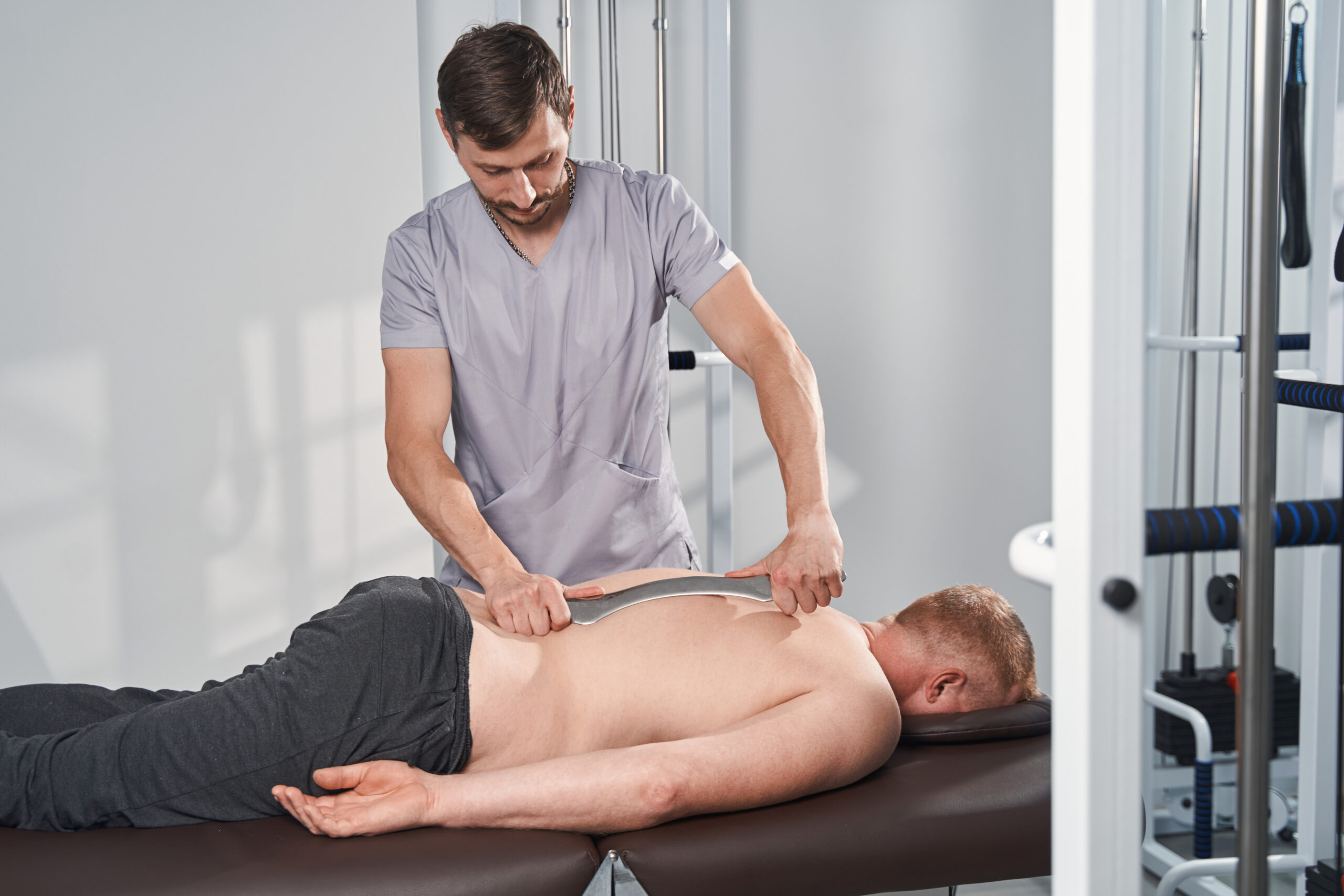One of the many questions people ask is, “How do I prevent muscle soreness?”. If you have this same question or are new to the fitness scene, you may have dealt with DOMS at some point. If you work out at the gym, at home, or athlete, you’ve probably experienced that burning sensation in your muscles the day or two following a workout.
What is DOMS?
The term “delayed-onset muscular soreness” (DOMS) refers to muscle pain that starts after a hard workout or strenuous exercise.
The most frequent factor contributing to DOMS is eccentric activity, or exercises that strengthen while lengthening the muscle. For example, when you perform a bicep curl, the eccentric activity is when you straighten the elbow. Sometimes people call these the “negatives.” Overloading a muscle causes micro-tearing, and your body reacts to this by boosting inflammation (1), which could cause the feeling of muscle soreness.
Is Lactic acid Innocent?
Lactic acid has been acquitted in this case since, contrary to earlier belief, it has no part to play in DOMS. According to research, the soreness is brought on by a series of physiological reactions to microscopic injuries experienced during vigorous activity but not due to lactic acid buildup.
Why is Recovery Important After DOMS? | How to Decrease Symptoms of DOMS
Be aware of your body. To give your muscles a chance to heal if your DOMS is severe, you might need to take a day off entirely. The only cure for DOMS is time, but while you wait for your muscles to heal, you can take measures to reduce the discomfort and stiffness. To develop a definitive treatment to prevent DOMS, further research is required. But here, we have some proven techniques to decrease symptoms from DOMS.
Cupping Therapy for DOMS:
Dry cupping therapy eases stiffness, discomfort, inflammation, and flexibility while promoting relaxation and performance. In current research on the calf muscle, a single cupping treatment markedly enhanced active dorsiflexion (flexing your foot) and reduced discomfort in the treatment group, providing evidence for recovery and improved function.
Instrument-assisted soft-tissue mobilization (IASTM):
IASTM is the name of a method that speeds up the healing process by encouraging the production of new collagen-containing extracellular matrix proteins.
Results from a study on using gentle IASTM in those experiencing DOMS were shared as preliminary proof. These findings suggest that “when treating patients in pain or after injury, there may be utility in utilizing a mild IASTM scraping technique to excite local mechanoreceptors and nociceptors, thus, decreasing pain and allowing you to move better.” IASTM is a well-liked intervention that has received little research.
IASTM has been shown to enhance patients’ discomfort, performance, and posture in our clinic setting, although there is little study on the subject. (3)
Massage:
This is the same reason massage is an effective intervention to alleviate DOMS – by reducing pain and improving flexibility. This intervention successfully minimizes the pain and discomfort due to muscle soreness without impairing muscle function.
Mobility Exercises and Stretching:
You should be able to continue exercising as long as the discomfort that you’re experiencing is only DOMS and not something more serious, like a muscle tear or sprain. If unsure, speak with a physical therapist to ascertain whether the injury is serious. To feel more comfortable and to give your muscles the time they require to recuperate, try a different exercise technique or focus on various muscle groups. Therefore, if your legs are hurting, work out your upper body instead, or go for a low-impact activity like swimming or cycling. Most of the time, avoiding back-to-back strenuous workouts is advisable to give your body time to relax and repair.
Stretching pulls the muscle and enables it to relax. Try stretching after a massage, foam-rolling session, or while in a sauna.
Build up the intensity slowly and steadily | Tapering Workouts:
Many people who have been inactive suddenly realize that leading a sedentary lifestyle is unhealthy, and they feel motivated to start exercising immediately and intensify their efforts. Gradually increasing your intensity is recommended. If you’re just starting out, consult with a physical therapist or certified personal trainer to assist you in programming your workout (regarding reps, weights, distance, etc.)
Wrap-up:
Pain and discomfort due to Delayed Onset Muscle Soreness (DOMS) have been demonstrated to be reduced by using these approaches. The intensity and frequency of exercise should be decreased for 1-2 days after intensive, DOMS-inducing training for individuals who exercise every day. To give your body time to recuperate and gain strength when you are sore, avoid high-intensity exercises at first and reduce your activity to moderate intensity. Still, it’s crucial to speak with your physical therapist or physician first to make sure this is a safe option for you. These tactics can help you stay motivated and enjoy your fitness routine because recovery is a multifaceted process.
Contact us and Reserve your rehabilitation session right away!
References:
1. Inflammatory cell response to acute muscle Injury
2. Effect of Dry Cupping on Gastrocnemius
3. Effect of Light IASTM on DOMS
